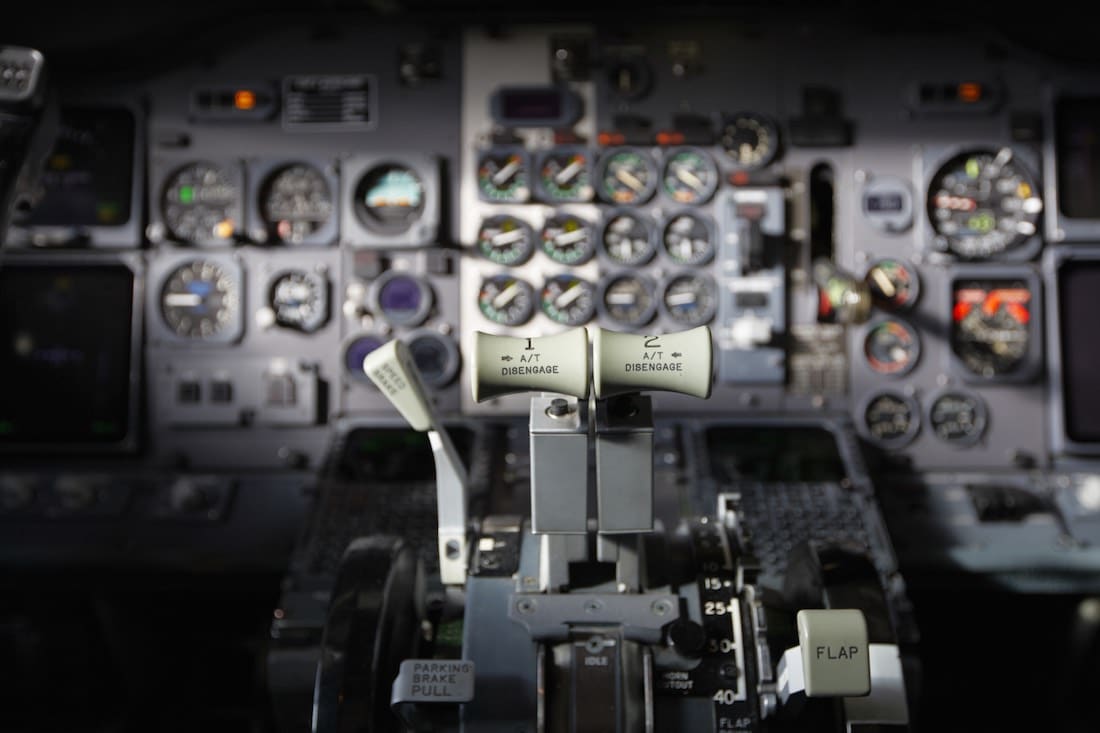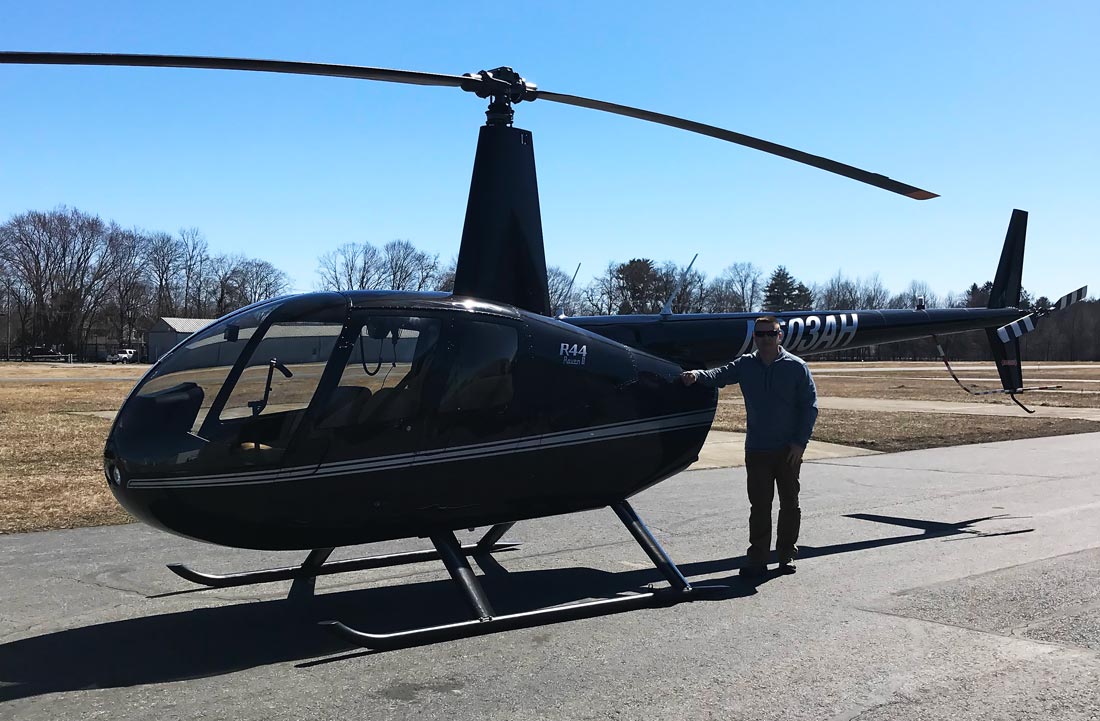We were struck by lightning on approach to Dallas, in a snowstorm, on New Year’s Eve.
Even though pilots train constantly for specific nonstandard situations, emergencies never abide by an exact scenario. In the real world, there are always infinite variables which can’t be duplicated in a simulator. The core of pilot training is about learning how to handle the variables so when the unexpected happens, your brain can still put the pieces together even though you can’t see the whole puzzle. My crew and I had to quickly put together a doozy of a puzzle during one of my first captain’s flights in the Boeing 727-200 after we were struck by lightning, on approach, in a snowstorm, in Dallas, on New Year’s Eve.
The day’s excitement began with a preview. Most high altitude pilots have seen St. Elmo’s Fire dance across the windshield. The Boeing 727 was famous for it and even though electrical bonding and static wicks are designed to handle the static discharge, the Boeing just couldn’t shed it fast enough. It caused radio interference and often the bundle of energy would form itself into a fist which protruded off the nosecone. It would reach full capacity and then zing as it exited the airframe. It’s nothing to worry about, so we had been enjoying our St. Elmo’s Fire display during our flight and descent into Dallas.
There was a fast moving cold front moving in over Dallas so it was one of those schizophrenic weather systems that was spitting snow while also producing lightning. Nothing convective was showing up on radar, and the air was surprisingly calm, but the atmosphere was unsettled, solid IFR, and we were a fast moving electrically charged ball of metal taunting Mother Nature as we flew through her domain. We had already been handed off to approach control when we felt and simultaneously heard a brain rattling boom, followed by the infamous words of flight engineers everywhere, “Oh sh(oot). What the fu(dge) just happened. Where’d my generators go?”
I heard a few clicks as our engineer selected a different source of power and watched as the lights came on and off in the cockpit while we turned into private pilots watching our needle, ball, and airspeed. I was flying, so I told my first officer I’d just keep on flying and let them work on the emergency.
We determined quickly that we had an electrical anomaly—whether it was a direct hit or not, our engine driven 115 volt AC generators did not like what just happened to them. They had disconnected from the tie/synch bus, but they were still spinning. We quickly reduced our electrical load, but we were still holding onto enough electrical energy that the airplane was humming and our radios weren’t working. In the meantime, on the ground and unbeknownst to us, our transponder had temporarily disappeared off the radar screen so we caused a few heart palpations for ATC.
Our engineer was able to slowly bring most of our systems back online and we turned off everything we could live without as we cautiously used every electrically actuated or operated item with a prayer. We were squawking 7600 and just outside the outer marker, the static on our radio turned into a voice and the first officer quickly checked in. ATC breathed a sigh of relief and informed us they had already cleared the area and declared an emergency for us and we were cleared to land. The first officer explained we had been struck by lightning and that we’d advise if we had any mechanical issues.
We configured as early as possible and with each request of the airplane (like gear and flaps), we held our breath. We were aware that among our pre-landing checks, the flight attendants had not been informed of what happened. We all saw the flash, heard the boom and saw the lights go out, so their fears were building as ours were dissipating. We had tried calling them or making an announcement, but the intercom was not working and we simply didn’t have time to get up and talk to them. Our only goal was to get this beast on the ground.
When the lead flight attendant heard the gear come down, he’d had enough of waiting to find out what was going on, or if there was an emergency in progress, so he knocked/pounded on the cockpit door. We were so wrapped up in concentration, all three of us jumped. We didn’t have time to explain the situation so I told the flight engineer to just yell through the door that we’re okay and to sit down. My flight engineer did better than that. He put on his best Eric “Otter” Stratton falsetto voice and yelled “Come back laterrrrr…we’re doing the dishessssssss!” With these simple words, it let the flight attendant know that all was well and to have a seat.
When we broke out of the clouds, we could see the emergency vehicles moving down the taxiways and all movement stopped as we landed. At that point, most of our systems were operating normally, so we got to enjoy the parade of emergency vehicles following us to the gate. When I finally had a moment, I made a passenger announcement, I gave a short overview of what happened and apologized that we didn’t have time to explain while we were in the air. I also told them to go ahead and buy a lottery ticket.
The lead mechanic came onboard and his eyes began to glaze over in pain as I explained what had happened. For mechanics, trying to chase down the path of lightning through an airplane is like following a trail in a snowstorm – it could go anywhere. It also meant their New Year’s Eve was going to be spent crawling through parts of the airplane not meant for routine access.
The mechanics found multiple entry and exit points and traced the crazy paths throughout, but despite many hours of inspection, there was no significant damage to any structure or components. They replaced a few things to appease the FAA, but overall, the mighty Boeing took the hit in stride. She simply shook it off and continued flying. It’s what the crew did too…















Leave a Reply